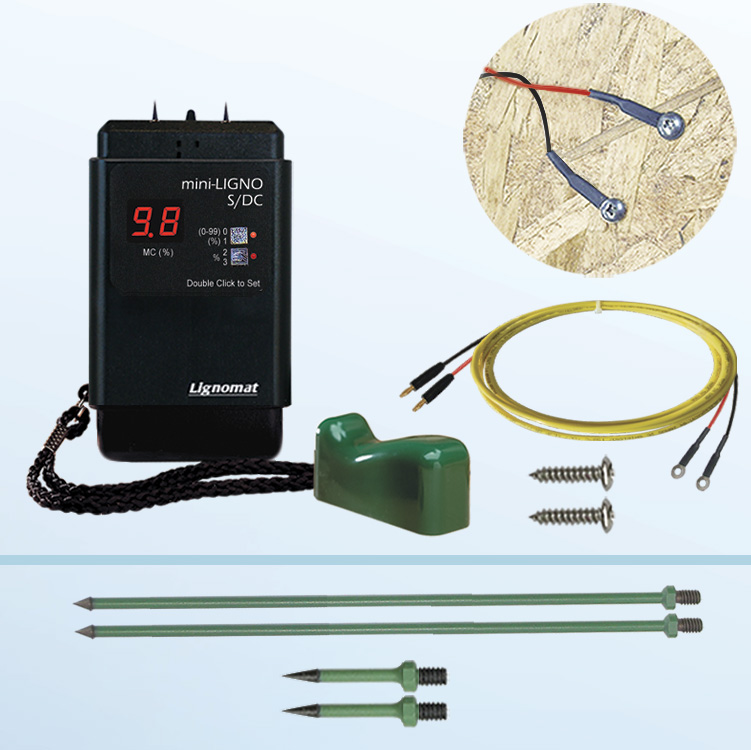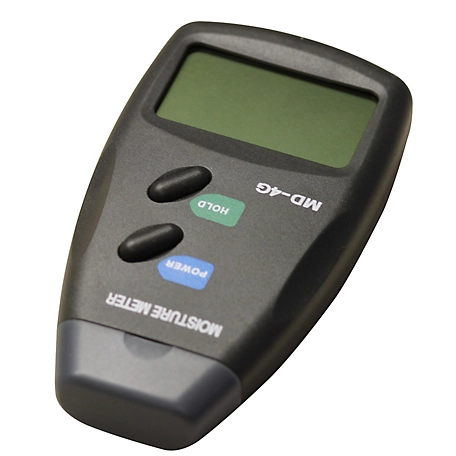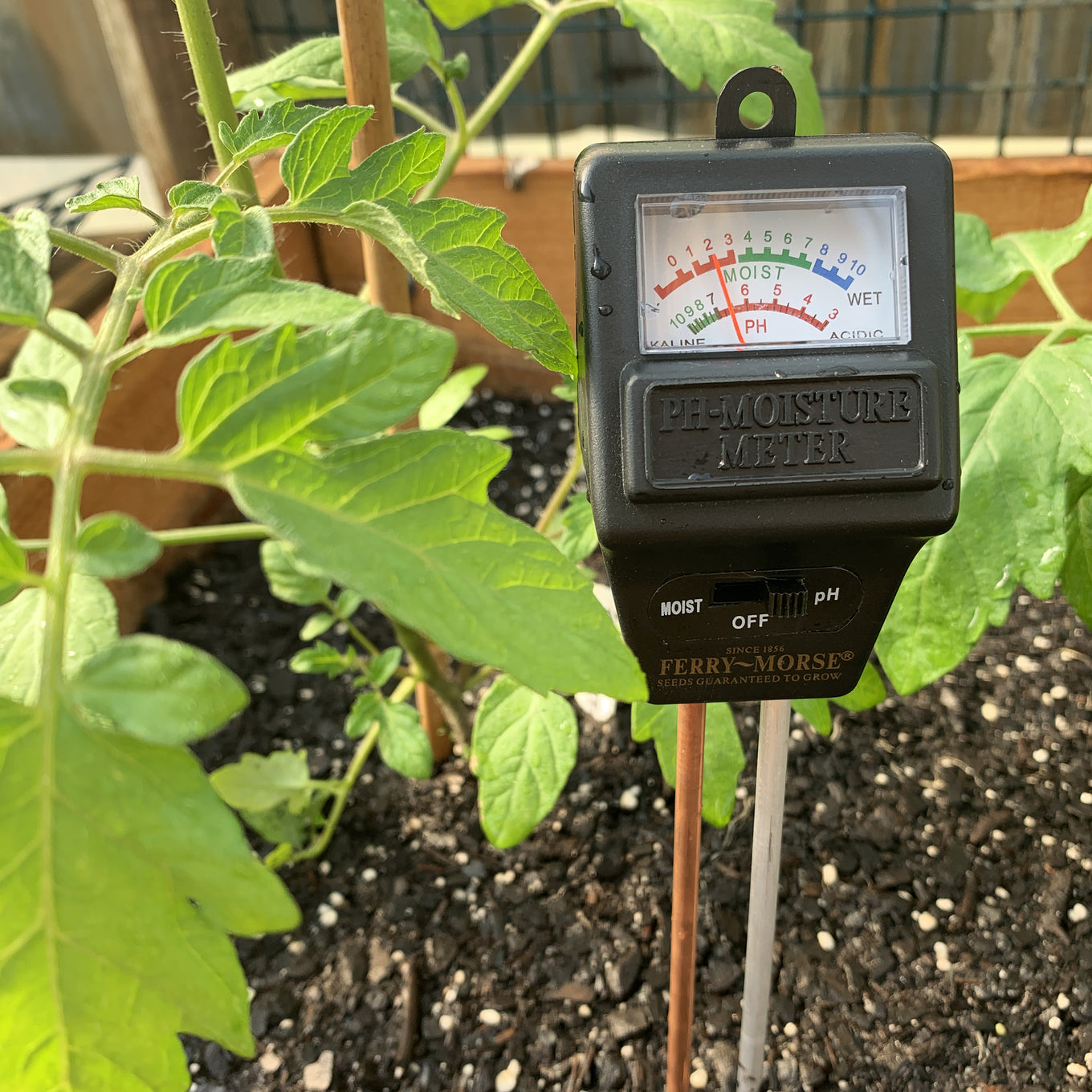Comprehending the Importance of a Moisture Meter in Stopping Mold and Water Damages in your house
In the realm of home maintenance, the visibility of dampness can often be a quiet yet formidable adversary, with the ability of triggering prevalent mold and mildew growth and insidious water damage if left unattended. Among the tranquil atmosphere of a house, hidden wetness issues can make under the surface area, positioning a risk to both residential property and wellness. However, geared up with the right devices and knowledge, property owners can proactively combat these prospective threats. Comprehending the significance of a dampness meter in this battle is not simply a choice but a critical necessity.
Value of Moisture Discovery
Efficient moisture detection techniques are critical for safeguarding properties and protecting against potential mold growth and water damages. Wetness can permeate into different building materials, bring about structural problems and carcinogen. By making use of a wetness meter, residential property owners can proactively recognize areas susceptible to excess dampness, enabling for prompt intervention and mitigation techniques.
Moisture meters supply accurate readings of wetness levels in different materials such as drywall, concrete, and wood. This data assists in pinpointing locations of problem, even in hard-to-reach or surprise places. Early detection of dampness build-up enables timely repair services or modifications to avoid further damages.

Exactly How Moisture Meters Work
Moisture meters play a pivotal duty in the proactive recognition of excess wetness, aiding in the avoidance of prospective mold and mildew growth and water damage by giving precise analyses of moisture levels in different building materials. These devices function based on various principles, depending on their kind. Moisture Meter. Pin-type dampness meters, for example, have 2 pins that permeate the product to measure the electric resistance between them. When wetness is present, it enhances the material's conductivity, causing a reduced resistance reading. Pinless dampness meters, on the various other hand, usage electro-magnetic sensing units to check the material without triggering damage. These sensors emit electromagnetic signals that pass through the material and determine the dielectric residential properties, suggesting moisture web content. Some advanced wetness meters incorporate both pin and pinless technologies for extensive dampness discovery. Comprehending exactly how moisture meters function is essential for timely and precise dampness degree assessments, allowing efficient preventative measures against mold and mildew and water damages.
Finding Early Caution Indicators
Upon initial assessment of a residential or commercial property, acknowledging refined indicators of excess wetness comes to be essential in the early detection of possible mold growth and water damage. Water spots can indicate leakages or seepage, while peeling paint or wallpaper may be a result of wetness endangering the adhesion of these materials to the surface. Furthermore, an increase in allergy signs or breathing issues amongst occupants may suggest the presence of mold and mildew due to excess moisture.
Avoiding Mold Growth
Recognizing early caution signs of excess wetness within a residential property not just allows prompt discovery of potential mold and mildew development and water damage but additionally acts as an aggressive action in stopping the expansion of mold. To efficiently avoid mold and mildew development, it is important to attend to any type of sources of dampness immediately. This can include repairing leaks in pipelines, roofings, or windows, making certain correct air flow in wet locations like restrooms and kitchen areas, and making use of dehumidifiers in high-humidity spaces. On a regular basis maintaining the residential property and checking's pipes, roofing system, and rain gutters can also help in stopping water breach that could result in mold and mildew growth.
In addition to addressing moisture sources, maintaining indoor moisture levels listed below 60% can substantially prevent mold and mildew development. Proper air flow, adequate insulation, and utilizing a/c or fans can help manage indoor moisture degrees. Monitoring moisture degrees in locations susceptible to moisture, Read Full Article such as cellars and crawl areas, using a wetness meter can likewise help in very early detection of raised dampness degrees and potential mold and mildew development. By taking aggressive steps to stop excess moisture and mold and mildew development, home owners can protect their home and interior air top quality.
Advantages of Normal Monitoring
Regular monitoring of moisture levels in a building can play a critical duty in preserving a healthy interior atmosphere and avoiding potential mold and mildew and water damage. By consistently checking dampness levels, property owners can detect any kind of concerns without delay and take essential activities to protect against mold development and water damages. One of the key advantages of regular surveillance is very early detection. By try here identifying and addressing high moisture degrees beforehand, homeowners can step in prior to mold and mildew has the opportunity to spread and establish. This proactive strategy can conserve both money and time in the lengthy run by preventing comprehensive mold and mildew remediation and repair costs.
Additionally, regular tracking allows homeowners to track patterns and patterns in dampness degrees over time. Eventually, the constant tracking of moisture degrees empowers home owners to shield their residential or commercial property, safeguard their wellness, and maintain the honesty of their indoor environment.

Verdict

By making use of a wetness meter, property owners can proactively identify areas susceptible to excess moisture, permitting for prompt intervention and mitigation techniques.

Checking moisture degrees in areas prone to dampness, such as cellars and creep spaces, utilizing a moisture meter can likewise assist in very early discovery of elevated moisture degrees and possible mold and mildew development. (Moisture Meter)